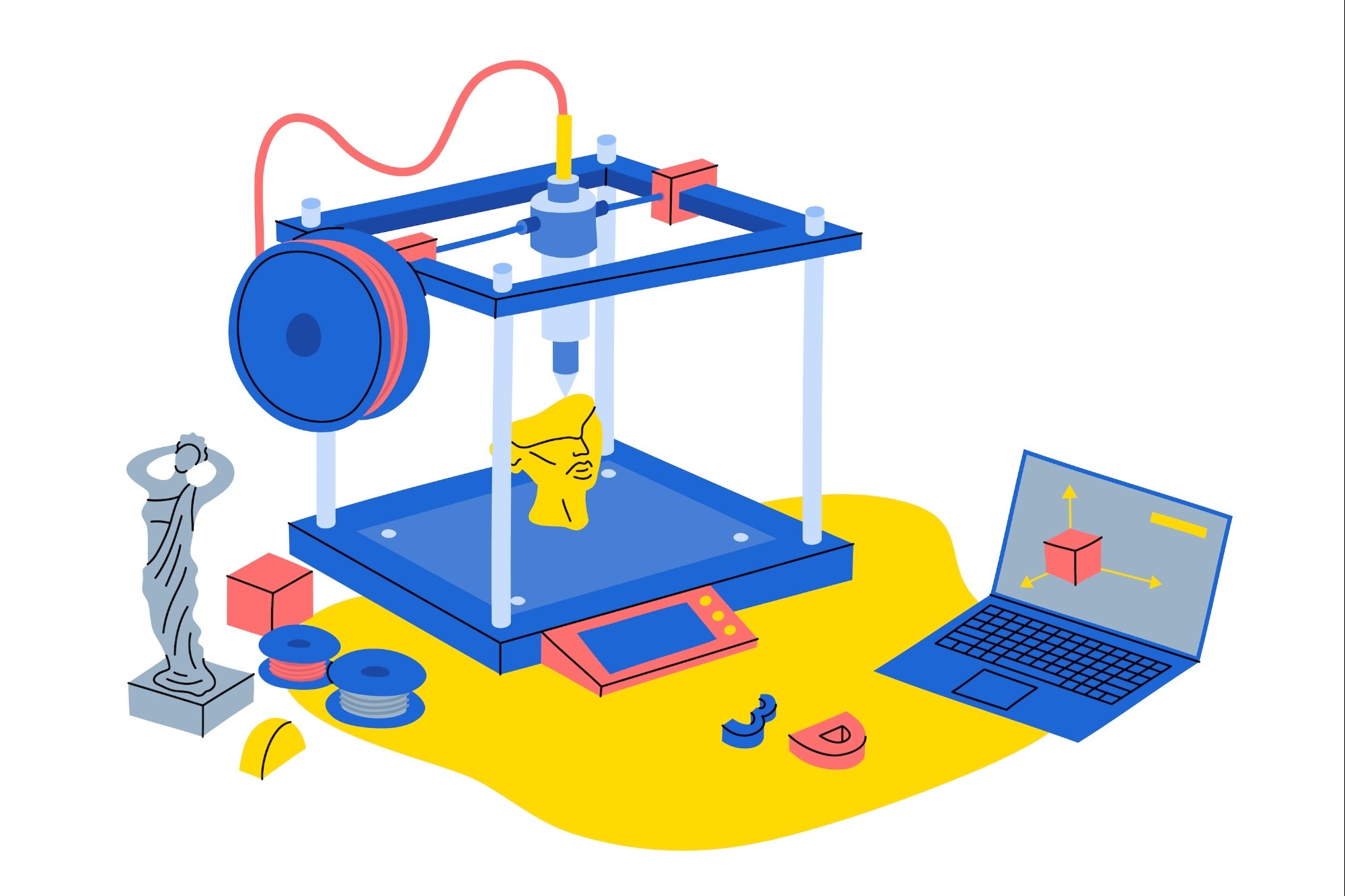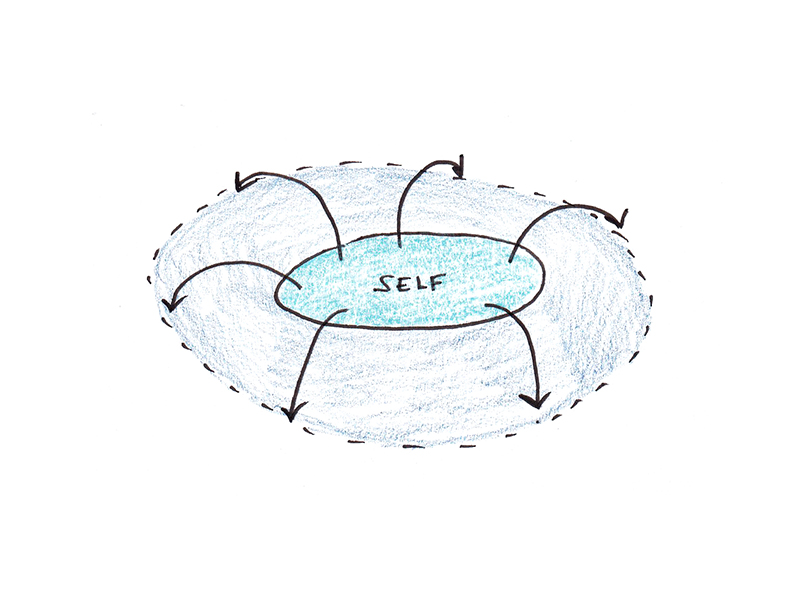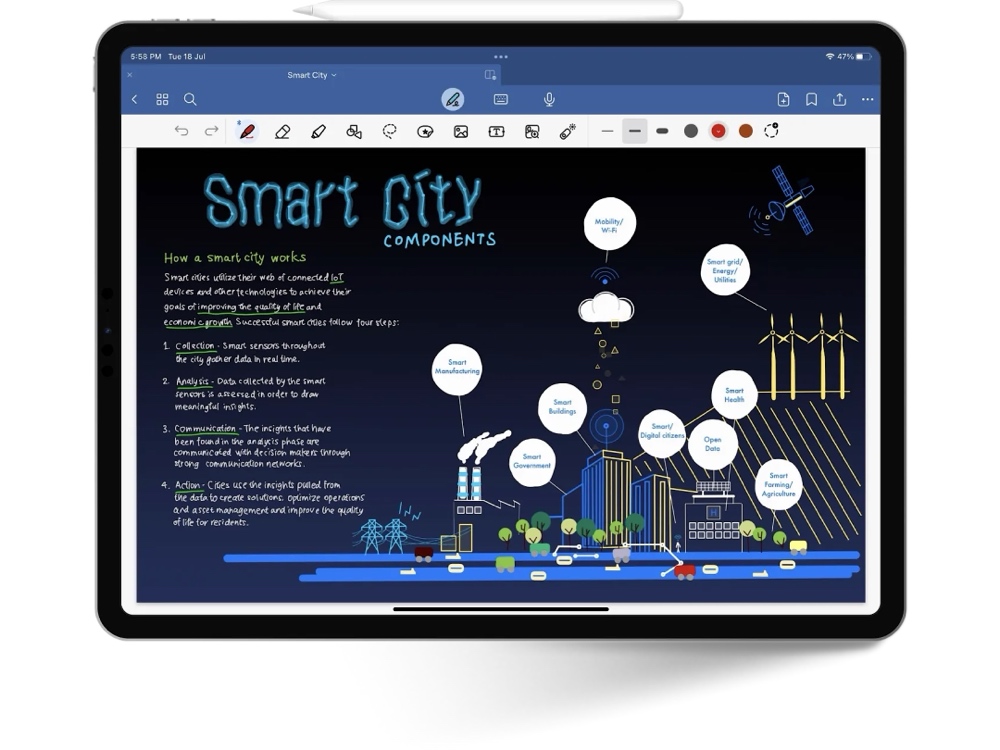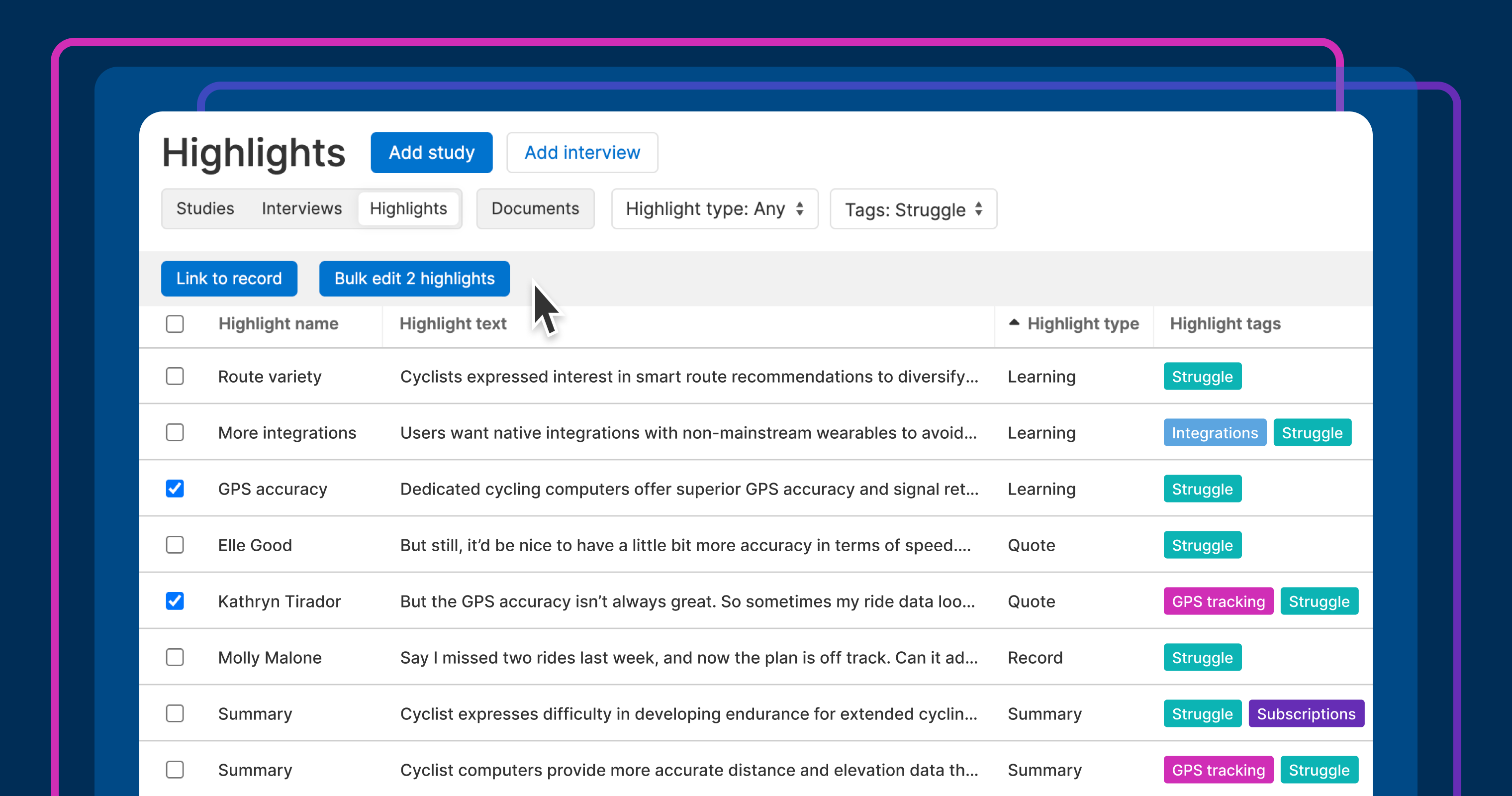Transform Your Workspace with the Right Office Table and Free Standing Table Options

Creating a productive work environment begins with choosing the right furniture, and the most important piece in any office setup is the office table. Whether you're organizing a corporate office, designing a home workspace, or updating your current layout, the table you select plays a crucial role in both functionality and aesthetics. From modern minimalist designs to ergonomic and collaborative layouts, office tables have evolved significantly over time to meet the changing needs of professionals. In this evolving era of hybrid work and remote collaboration, the demand for versatile options such as the free standing table is rising quickly. These tables are not only stylish but also practical, offering flexibility that traditional desks lack. By understanding the features and benefits of both standard office tables and free-standing varieties, you can make informed decisions that boost productivity and comfort in your work environment.
The Role of Office Tables in Modern Workspaces
The modern workplace demands more than just functionality; it requires a blend of form and utility. An office table is the centerpiece of any workstation, often reflecting the company’s brand identity and culture. From executive desks to collaborative work tables, the size, shape, and finish of the table can impact how employees interact and how efficiently they perform. Large L-shaped or U-shaped office tables are ideal for executives and managers who need ample space for computers, documents, and meetings. On the other hand, small rectangular desks are perfect for compact offices and individual cubicles. Besides offering workspace, a well-chosen table contributes to posture improvement and minimizes work-related discomfort. Incorporating cable management systems, adjustable height features, and storage solutions can further enhance the utility of any office table. These features support multitasking and help in maintaining a clutter-free work surface, which ultimately contributes to better focus and work satisfaction.
Why Free Standing Tables Are Gaining Popularity
Flexibility and mobility are key requirements in today’s office settings, and that’s where the free standing table stands out. Unlike fixed desks, a free standing table can be easily relocated and repurposed, making it a practical choice for multi-functional spaces. These tables are perfect for conference rooms, break-out zones, and even coworking environments where team arrangements frequently change. The design of a free standing table supports open-plan workspaces, which are increasingly popular in creative industries and startups. Their open base allows for better legroom, improved air circulation, and easy access to power outlets and internet ports. Furthermore, they blend seamlessly with various types of seating arrangements, allowing for a dynamic and engaging work culture. Whether used as collaborative desks or temporary workstations, free standing tables bring a level of versatility that fixed desks often lack. As businesses continue to embrace flexible working models, having furniture that adapts to changing needs becomes not just a luxury but a necessity.
Key Features to Look For in Office and Free Standing Tables
Choosing the right office table or free standing table involves evaluating various features to ensure they align with your workspace requirements. One of the most important aspects is the material of the table. Options range from solid wood and engineered wood to metal and tempered glass. While wooden tables offer a classic look and sturdy feel, metal and glass tables provide a more modern and sleek appearance. Durability is another key factor to consider, especially if the table will be used extensively. Adjustable height is a feature increasingly found in both office and free standing tables. This allows users to alternate between sitting and standing throughout the day, promoting better posture and reducing the risk of health issues such as back pain or repetitive strain injuries. Other features like integrated drawers, cable management, and modular add-ons can enhance the efficiency and appeal of your workspace. Consider ergonomics, mobility, and design flexibility when selecting a table for your office to ensure it supports productivity and aligns with your brand image.
Office Design Trends Influencing Table Choices
Office design trends are continually evolving, and they have a direct impact on the types of tables being used in workspaces. Today’s offices are focusing on minimalism, natural lighting, and open spaces, which in turn influence the choice of office table and free standing table designs. Neutral colors, smooth finishes, and streamlined shapes are in high demand as they contribute to a clean and organized look. Companies are also leaning towards sustainable furniture options made from eco-friendly materials, supporting corporate social responsibility goals. In collaborative environments, free standing tables are being used more frequently because they foster interaction and creativity among team members. Height-adjustable tables are trending as well due to their health benefits and user-centered design. Tech integration is another growing trend, with tables featuring built-in wireless charging stations, USB ports, and smart desk controls to support digital workflows. These trends demonstrate that office furniture is no longer just about functionality—it’s also about enhancing employee experience and corporate image.
How to Choose the Right Table for Your Space
Selecting the best office table or free standing table depends on your workspace size, usage needs, and aesthetic preferences. For small offices or remote work setups, compact tables with storage and multi-use features are ideal. In contrast, large offices can accommodate expansive conference tables or modular systems that can be reconfigured as needed. Consider how many people will use the table, the kind of work being done, and the type of equipment that needs to be accommodated. Free standing tables are perfect for collaborative or multipurpose spaces, while more fixed tables are better for executive or focused work roles. Measure your space accurately and visualize how the table will fit in with other furniture and room elements. Pay attention to the lighting and color palette in your office, as these can affect how the table looks and feels in the environment. Investing in high-quality furniture may involve a higher upfront cost, but it can pay off in durability, employee satisfaction, and long-term workplace efficiency.
Conclusion: Smart Investments for Productive Workspaces
In today’s fast-paced and dynamic business environment, having the right office furniture is essential to success. An office table isn’t just a place to sit and work—it’s a vital tool that supports daily productivity, comfort, and professional presentation. Similarly, the flexibility offered by a free standing table can bring unmatched versatility to any modern workspace. Whether you’re furnishing a corporate headquarters, redesigning a startup office, or upgrading your home workstation, choosing thoughtfully designed tables tailored to your needs will make a significant difference. And when it comes to combining style, function, and durability, selecting the right tables can transform your work culture and efficiency. For those looking to invest in top-quality tables for their business or personal use, office table is your go-to brand offering modern, reliable, and ergonomic table solutions.







































































































![Building A Digital PR Strategy: 10 Essential Steps for Beginners [With Examples]](https://buzzsumo.com/wp-content/uploads/2023/09/Building-A-Digital-PR-Strategy-10-Essential-Steps-for-Beginners-With-Examples-bblog-masthead.jpg)












































